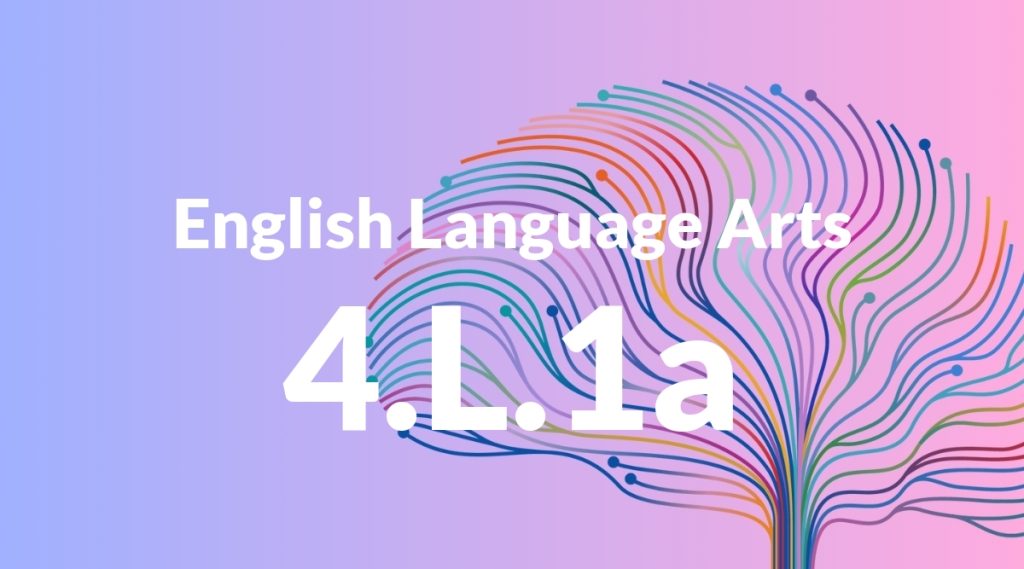Standard: 4.L.1a – Use relative pronouns (who, whose, whom, which, that) and relative adverbs (where, when, why).
Grade level: Grade 4
Subject: English Language Arts
Domain: Language
Teacher Overview
This standard focuses on teaching students how to use relative pronouns and adverbs to create more detailed and complex sentences. Mastery of this standard is essential for developing advanced writing skills and improving reading comprehension. Students should be comfortable with basic sentence structures and simple pronouns before tackling relative pronouns and adverbs.
After mastering this standard, students will be able to write more sophisticated and nuanced sentences, enhancing their overall writing and comprehension skills. This lays the foundation for more advanced language arts concepts in higher grades.
Common Misconception 1
A common misconception is that students may confuse relative pronouns with other pronouns, such as personal or possessive pronouns. This is incorrect because relative pronouns specifically introduce relative clauses and provide additional information about a noun.
Intervention 1
To address this misconception, teachers can use visual aids and sentence frames that clearly differentiate between types of pronouns, emphasizing the unique role of relative pronouns.
Common Misconception 2
Another misconception is that students might place relative adverbs incorrectly within sentences, disrupting the sentence flow and clarity. This happens because they may not fully understand the function and placement of these adverbs.
Intervention 2
Teachers can use sentence diagramming and interactive writing activities to practice the correct placement of relative adverbs, reinforcing their proper use through repetition and feedback.
Prerequisite Knowledge
Students should understand basic sentence structure, including subjects, verbs, and objects. They should also be familiar with simple pronouns and their uses.
Subsequent Knowledge
Students will be able to write more complex sentences and paragraphs, enhancing their descriptive and narrative writing skills. They will also be better prepared for understanding and using more advanced grammatical structures in later grades.
Instructional Activities
- Sentence construction exercises using relative pronouns and adverbs.
- Group storytelling activities that incorporate relative clauses.
- Interactive grammar games focused on identifying and using relative pronouns and adverbs.
- Writing prompts that require the use of relative pronouns and adverbs.




